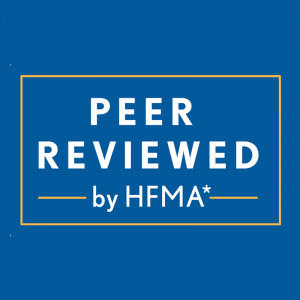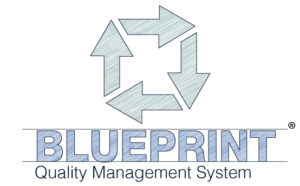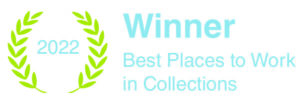FINANCE LEADERS INVENTED THE CONCEPT OF THE BOTTOM LINE, SO IT’S NOT SURPRISING THAT THEY TEND TO FOCUS ON OUTCOMES.
Only in recent years has the customer experience—that is, the patient’s financial experience—become “a thing.” And some finance leaders are still ambivalent, if not a little skeptical. For those who like numbers (and who among us doesn’t?), here is an interesting data point from keynote speaker Nicholas Webb’s presentation at HFMA’s recent Annual Conference: Going forward, 89 percent of companies expect to compete mostly on the basis of customer experience. Ours is quickly becoming an experience economy.
Webb defines customer experience as the difference between what customers thought they were going to receive—their baseline expectation—versus what they actually received. In health care, customers too often expect their financial experience to be characterized by hassles, confusion, and unpleasant surprises. Job one, for our industry, is to turn that around. To start, healthcare organizations should focus on communication basics and make sure their fundamental patient interaction processes are strong. Hundreds of healthcare organizations, including the 22 that received the MAP Award at the Annual Conference, have adopted HFMA’s Patient Financial Communications Best Practices for just that reason.
Webb also breaks down the customer experience chronologically into touch points. HFMA has done that for the healthcare financial experience with our Patient-Centric Revenue Cycle Road Map, which provides a crosswalk of revenue cycle functions with a person’s transition from consumer (or shopper) to patient to customer (or payer). Healthcare finance leaders who want to make their processes more consumer-centric will benefit from looking at each phase of the financial experience through a consumer’s eyes. Mystery shoppers, focus groups, and patient and family advisory councils can be effective vehicles for doing that. Consumer feedback may be surprising to healthcare leaders. Webb says that 80 percent of CEOs believe their organizations deliver a superior experience to customers—and 93 percent of customers disagree.
As more healthcare organizations reduce or eliminate the negatives (i.e., hassles, confusion, and unpleasant surprises), baseline customer expectations will rise. For example, consumers will increasingly expect to have a price estimate up front, an option to receive bills electronically, and the ability to access their account information and make payments on their mobile phones. It is a combination of common sense and what they experience with other industries. Yet many providers still don’t offer those options. In an experience economy framework, organizations that are measuring customer satisfaction with the financial experience by the number of complaints (or another negative metric) are not getting the full picture. Competing on experience means going beyond eliminating the negatives to create a positive experience that exceeds customer expectations. Clearly, we have a lot of catching up to do because consumer expectations are rising faster than the ability to meet them.
Bottom Line: Traditional healthcare stakeholders must commit to improving the patient’s financial experience. If they don’t, industry disrupters will.
Reprinted with permission from hfm magazine. ©Healthcare Financial Management Association, August 2018, all rights reserved.
About State Collection Service, Inc.
Since 1949, State Collection Service has provided quality collection service to countless healthcare organizations.
Through experience and innovation, State Collection Service has grown to become a tremendously credible and nationally-recognized collection agency offering services from pre-registration to bad debt. It is upon the basis of ethical behavior and a dedication to integrity that each State Collection Service employee works to uphold the company’s vision – Partnerships for a Lifetime.
*This article first appeared in “A State Collection Service, Inc. Newsletter Volume 24, Issue 2, Second Quarter 2018”














